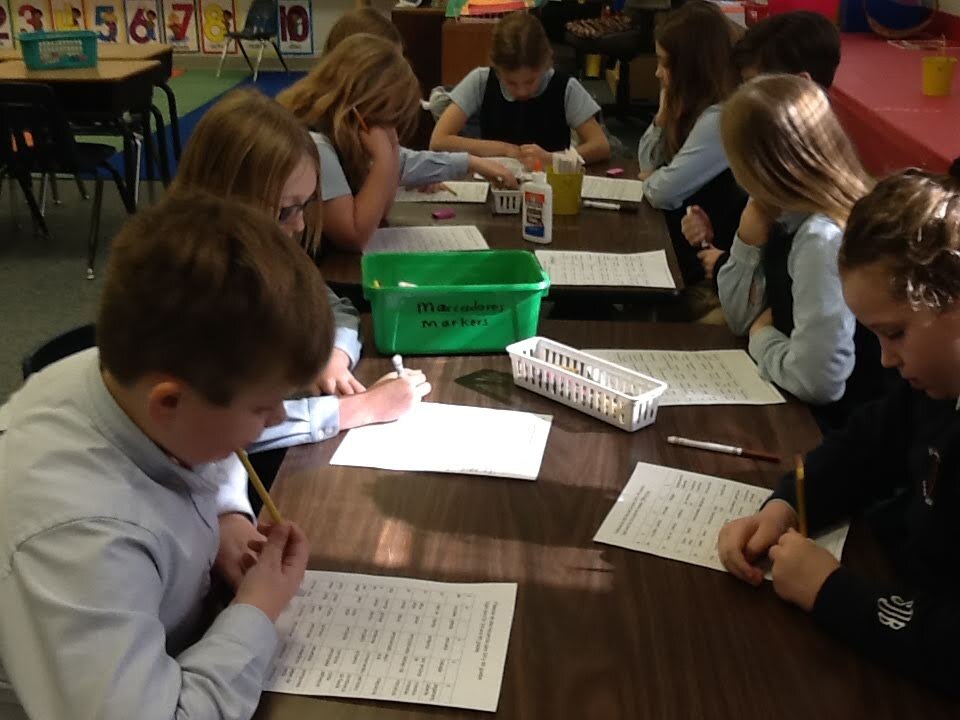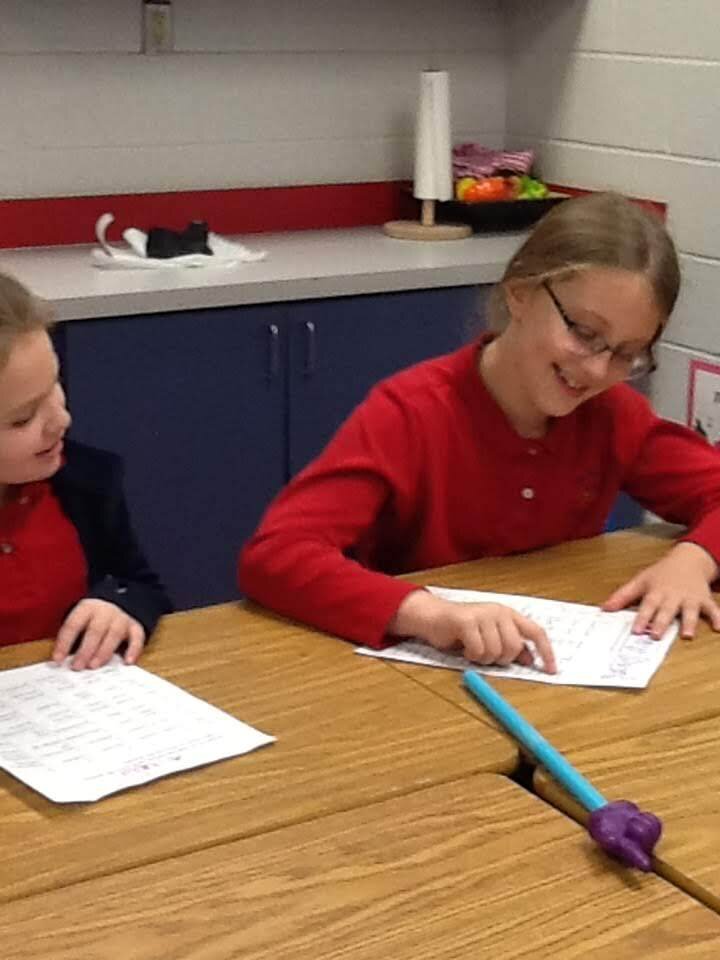Sight words! Sight words!
Sight words! Sight words!
At the beginning of the semester, the students were instructed that they were responsible for reading 100 to 200 Spanish sight words by the end of the semester. The students can choose a variety of formats to study and learn the sight words in the classroom. For example, they can form small groups of around three students to practice their sight words or they can study on their own. The first and second graders should be able to identify and pronounce some 100 sight words by the end of the semester, while third and fourth graders must learn 200 sight words. The advantage of working in groups is that they learn to work with each other and practice together the pronunciation of the words they are learning. Also, learning together can be more fun.
¡Palabras de alta frecuencia! ¡Palabras de alta frecuencia!
Al principio del semestre, los estudiantes fueron instruidos que ellos eran responsible por aprender de a 100 a 200 palabras de alta frecuencia para a finales del semestre. Los estudiantes tienen la oportunidad de elegir una variedad de formas para estudiar y aprender las palabras de alta frecuencia en el salon. Por ejemplo, ellos pueden elegir formar grupos de dos a tres estudiantes para practicar las palabras de alta frecuencia, o pueden elegir estudiar solos si así lo desean. El primer y segundo grados deberían de identificar y pronunciar por lo menos 100 palabras de alta frecuencia para finales de semestre, mientras que el tercer y cuarto grados deberían de aprender 200 palabras de alta frecuencia. La ventaja de trabajar en grupos es que los estudiantes aprenden a trabajar juntos y con cada uno de ellos en practicar juntos la pronunciación de las palabras que están aprendiendo. También aprendiendo juntos puede ser más divertido.















